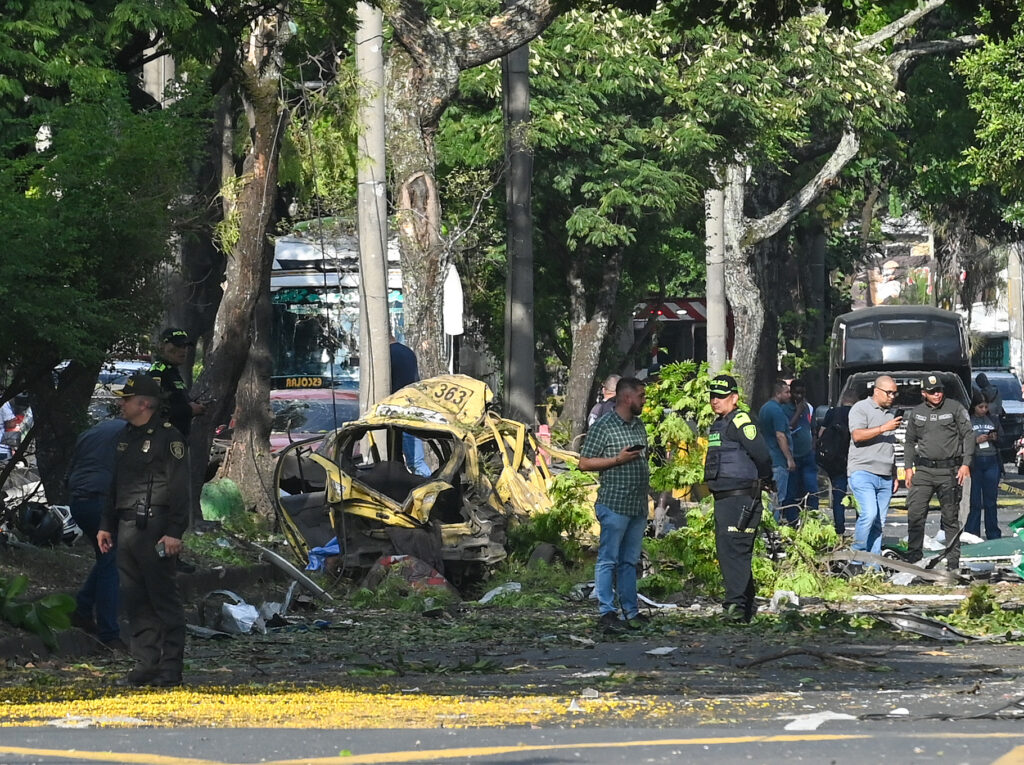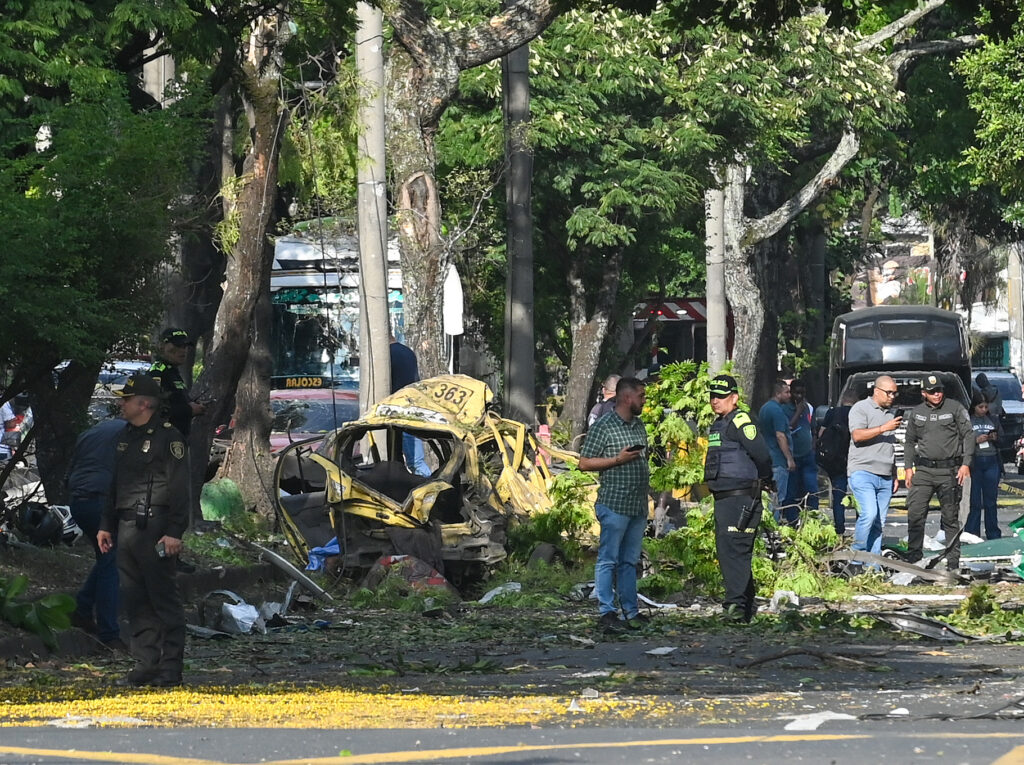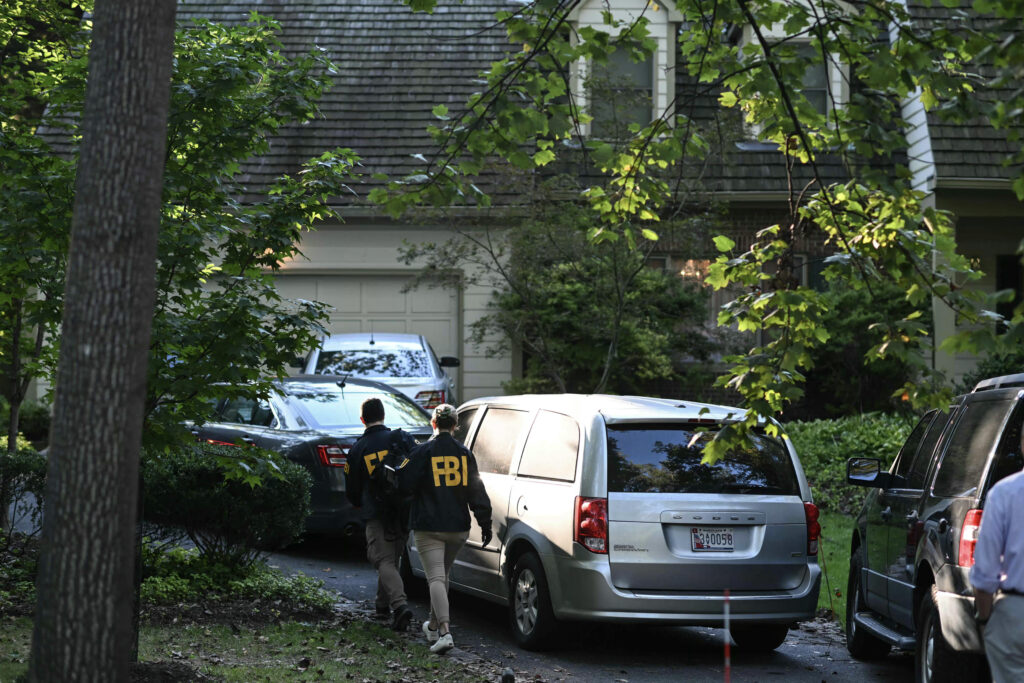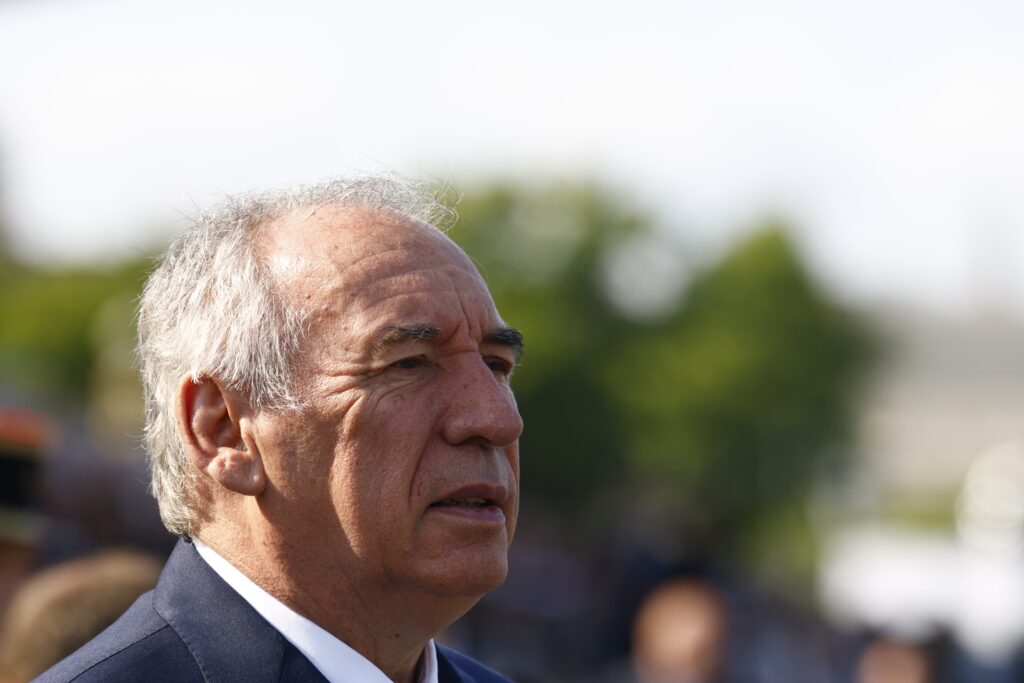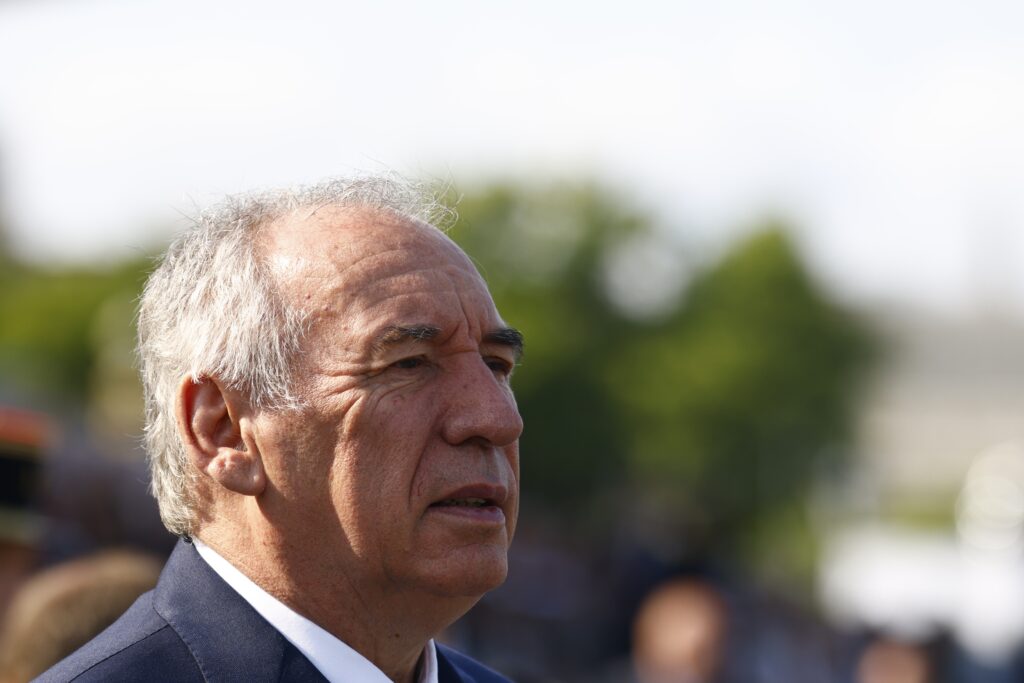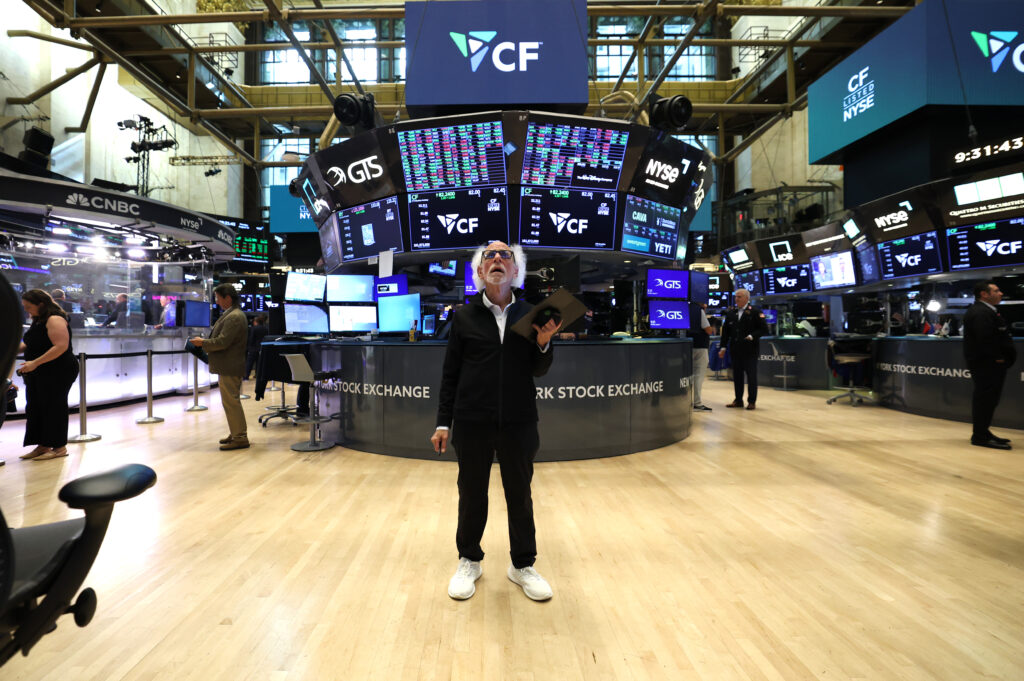L’ONU a officiellement déclaré vendredi la famine à Gaza, qu’Israël menace de destruction totale si le Hamas n’accepte pas la paix à ses conditions.Le gouvernement israélien a immédiatement rejeté le rapport onusien, bâti selon lui sur des “mensonges” et “fabriqué ‘sur-mesure'” pour le Hamas, le mouvement islamiste palestinien dont l’attaque sans précédent le 7 octobre 2023 contre Israël a déclenché la guerre.”C’est la famine, la famine de Gaza”, a déclaré à Genève le chef des opérations humanitaires des Nations unies, Tom Fletcher, après des mois de mises en garde humanitaires. Le constat s’appuie sur le Cadre intégré de classification de la sécurité alimentaire (IPC) onusien, qui a confirmé qu’une famine était en cours dans le gouvernorat de Gaza (nord).Cela confirme “l’ampleur de la catastrophe humanitaire que subit notre peuple en raison de l’agression israélienne”, a réagi le Hamas, appelant à “une action immédiate de l’ONU” pour mettre fin à la guerre, et “l’ouverture sans restriction des points de passage” en vue de “l’entrée urgente et continue de nourriture, médicaments, eau et carburant”.Selon des experts de l’ONU, plus d’un demi-million de personnes à Gaza affrontent des conditions “catastrophiques”, le niveau de détresse alimentaire le plus élevé de l’IPC, caractérisé par la famine et la mort.- “Obstruction systématique” -Cette famine “aurait pu être évitée” sans “l’obstruction systématique d’Israël”, a accusé M. Fletcher.”Il n’y a pas de famine à Gaza”, a rétorqué le ministère des Affaires étrangères israélien, accusant l’IPC de s’être “détourné de ses propres règles”. Chaque jour des journalistes de l’AFP dans la bande de Gaza assistent à des distributions alimentaires où des foules de Palestiniens de tous âges se ruent en criant, pleurant, suppliant qu’on leur remplisse des gamelles ou casseroles vides tendues avec l’énergie du désespoir. Selon l’IPC, la famine devrait s’étendre aux gouvernorats de Deir el-Balah (centre) et Khan Younès (sud) d’ici à fin septembre.Le gouvernorat de Gaza, qui englobe essentiellement Gaza-ville, représente environ 20% de la superficie du territoire palestinien assiégé. L’ONU y estime actuellement la population à près d’un million de personnes, autant se trouvant dans celui de Deir el-Balah, et plus de 500.000 dans celui de Khan Younès.”Affamer des gens à des fins militaires est un crime de guerre”, a rappelé le haut-commissaire aux droits de l’Homme de l’ONU, Volker Türk. – “Portes de l’enfer” -“Nous ne pouvons pas laisser cette situation perdurer en toute impunité”, a déclaré pour sa part le Secrétaire général de l’ONU, Antonio Guterres, appelant à un “cessez-le-feu immédiat, la libération immédiate de tous les otages et un accès humanitaire total”. Début mars, le gouvernement israélien a imposé à la bande de Gaza – déjà sous blocus israélien depuis plus de 15 ans avant la guerre – un total blocus humanitaire, entraînant de graves pénuries de nourriture. Il l’a assoupli à partir de fin mai, mais la quantité d’aide internationale autorisée à entrer depuis lors est jugée largement insuffisante par l’ONU et les humanitaires, ce que conteste Israël.Avant la déclaration de famine, le ministre de la Défense, Israël Katz, a menacé la ville de Gaza de destruction totale si le Hamas n’acceptait pas la paix aux termes israéliens. “Bientôt, les portes de l’enfer s’ouvriront” jusqu’à ce que le Hamas accepte “les conditions posées par Israël pour mettre fin à la guerre, principalement la libération de tous les otages et (son) désarmement” a-t-il écrit sur X.Parallèlement à la pression militaire, le Premier ministre, Benjamin Netanyahu, a annoncé jeudi avoir ordonné des “négociations immédiates” pour “la libération de tous (les) otages” et “mettre la fin à la guerre dans des conditions acceptables pour Israël”.- “Souhaiter la mort” -Sans la citer explicitement, il répondait à la dernière proposition des médiateurs – Egypte, Qatar et Etats-Unis – en vue d’un cessez-le-feu, acceptée lundi par le Hamas. Elle prévoit, selon des sources palestiniennes, une trêve de 60 jours durant laquelle les otages toujours captifs à Gaza (au nombre de 49 dont 27 morts selon l’armée) israélienne) seraient relâchés en deux temps en échange de la libération de prisonniers palestiniens.Israël, qui contrôle aujourd’hui environ 75% du territoire palestinien, a approuvé cette semaine un plan d’assaut contre Gaza-ville, la plus grande du territoire, et annoncé le rappel de 60.000 réservistes supplémentaires.Depuis, l’étau militaire se resserre sur Gaza-ville.”C’est comme si nous étions en enfer. Je deviens folle. Je ne peux pas imaginer être déplacée encore une fois”, déclare à l’AFP Oum Ibrahim Younès, une mère de quatre enfants de 43 ans, qui vit dans les ruines de sa maison à Gaza.”Le bombardement s’intensifie chaque jour, les explosions ne s’arrêtent jamais. Nous attendons la mort, nous en sommes venus à la souhaiter”, témoigne Nivine Ahmed, 47 ans, déplacée avec ses cinq enfants dans une tente à l’ouest de Gaza. L’attaque du 7-Octobre a entraîné la mort de 1.219 personnes côté israélien, en majorité des civils, selon un décompte de l’AFP basé sur des données officielles. La campagne de représailles israéliennes a fait au moins 62.192 morts dans la bande de Gaza, en majorité des civils, selon le ministère de la Santé du gouvernement du Hamas, dont les chiffres sont jugés fiables par l’ONU, mais qui ne précise pas le nombre de combattants tués.

